Part 1 of 2 (Part 2 here)
Spanish version here
After discussing the distinction between identity and culture, and explaining why culture is not what creates nations (it is nations that create culture), let us now talk about what a nation is.
For a nation to be one (and not several), it is essential that all parts of its territory are inhabited by people who are compatible in the most important sociological areas. As fundamental as they are, these characteristics of its population can be measured statistically in various ways. As with individuals, among human groups genes are also more determinant than environment or any other non-hereditary factor. And, despite whatever large circumstantial differences there may be, when populations are divided by biological criteria, such measurements are consistent wherever a sufficiently representative sample is taken.
Let’s put ourselves in the viewpoint of an alien space explorer who goes in search of “intelligent life,” and finally discovers our planet. What would he see in humans? How would he classify us?
The first thing our visitor would do, even before establishing the obvious taxonomic divisions, would be to check if there are different stages of civilization across the planet (and if there are psychological differences among the terrestrial populations). The verdict would be positive, even given that there is a free flow of information globally and technical knowledge is fully shared among all the populations, it indicates that not all variants of the species are innately capable of generating culture and cumulative technological progress to the same degree.
He would then begin to develop various indices with which to measure the various aspects of life in each society, relating to its rate of development, cultural sophistication, material well-being, crime, birth rate, technological contribution, quality of life, etc. — in other words, all those things that are determined by the capacity and mentality of the various populations and that are fundamental to the proper functioning of a civilization, which is the raison d’être of all intelligent life. Intelligence, as the direct cause of cumulative scientific, cultural, and technological progress, would be the first thing to be measured.
Many of these indices have already been devised by humans, even though some of them are only timidly maintained in a very few countries, such as the United States’ demographic statistics. Due to the political interests of the System, some indices are forbidden or simply not funded by most countries. Our alien visitor, for his part, would have no qualms about dividing the population in as many ways as he sees fit, nor would he have any reason to hide or sugarcoat the results.
Relevance of the biological factor in the economic performance of states
Even if he simply used the existing figures, as divided by country, he would quickly detect a repeating pattern. Although the world has been divided into somewhat chaotic states since ancient times, they are still relatively homogeneous, and the same blocs of countries tend to always fall roughly into the same places along the scale. This has indeed been the case since long before these “blocs” had any contact with each other.
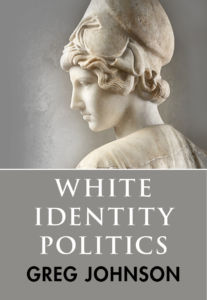
You can buy Greg Johnson’s White Identity Politics here.
Their development and way of life do not depend primarily on their geographic location, nor on their official language, religion, form of government, density of their population, their currency, their international alliances, or natural resources. On the contrary, their level of development, prosperity, welfare, culture, and civilization fundamentally depend on the qualities of their respective populations.
The factor that overshadows all others, and which is consistently repeated in all cases, is the race that makes up the majority of a state’s population of that State and, therefore, the quality of a country’s population. Thus we see that the countries of white race — the European continent, North America, the southern cone of South America, Australia, etc. — and those of the yellow race — China, Korea, Japan, etc. — are always on one side, while black Africa is at the opposite extreme. At the intermediate point are the Near East and the northern Africa, the Middle East, the dark hybrid Asians of the Southeast, and the mixed-race countries of South America.
It is race, as an evolutionary vehicle, which tends to diverge more and more and also explains these differences between countries. It is race that defines the potential of a nation’s members and their average characteristics — those qualities which, when they diverge too much, are important enough to cause the coexistence of both individuals and groups to become unbearable.
But let us return to our visitor from space. The first thing that would jump out at him is that there is an obvious correlation between the human species’ civilizational development and its skin color; thus, to classify us, he would start by drawing up a map such as the one below, indicating the average skin tone of the inhabitants of each region of the world.
Of course, he would not yet know the reason for this correlation, but he would eventually figure it out. It is not due to a cause-and-effect relationship between skin lightness and intelligence, but rather to the fact that both are independent effects of the same evolutionary cause: natural selection in the frozen north during the last ice age. The biological groups that evolved in that environment became new races that developed, on the one hand, a lighter skin in order to be able to generate more vitamin D from the scarce sunlight they received in a very overcast environment, and on the other hand a greater intelligence in order to be able to survive the long winters during which food was extremely scarce. This was unlike what happened in those regions that are close to the Equator.
The harsh winters demanded that the peoples of the north develop a greater capacity for long-term thinking so that they would know to store food during the cyclical periods of scarcity. They also developed greater intelligence in order to develop scientific knowledge that would allow them to determine the characteristics of these cycles and other survival problems, as well as greater self-control in order to learn how to ration food, and so on.[1] The less intelligent and more anti-social and impulsive members of these groups simply did not survive the winters, and their genes disappeared with them, causing these races to evolve in the opposite direction.
This hard independent evolutionary pressure was what caused racial differences to emerge in our species that encompass a multitude of qualities, with implications in extremely varied fields of social life. One of the most important is intelligence. Each race varies enormously in its average IQ.
In this map we see the intellectual average among the world’s population. Although the map is divided by countries, we can see that the results are fully consistent with the characteristics of the race that inhabits them.
Intelligence is, logically, the most relevant quality for the creation and maintenance of a civilization, and has an impact on numerous aspects of social life such as productivity, the ability to create wealth, quality of life, or human development. Here again we observe the same pattern:
This map measures the Human Development Index, an indicator developed by a Pakistani economist for the United Nations. Needless to say, the darker the color of a country, the more developed it is. As we can see once again, the connection between the development of each region of the world and the race that inhabits it is undeniable.
It is not the only factor, of course. There are other drivers, such as natural resources, but they are entirely secondary. The Arabian Peninsula, which has always been one of the world’s largest oil producers, stands out, and is home to several countries with small populations but that are equally overflowing with “black gold,” such as Qatar and the United Arab Emirates. These populations literally live off this fossil fuel, and maintain a colossal caste of civil servants to support them.[2] Even in the case of Saudi Arabia, with its 35 million inhabitants, 70% of Saudis work directly for the government. Despite swimming in oil, they do not reach the level of gross domestic product (GDP) per capita or quality of life as that of many white countries which do not possess any remarkable natural resources. In the case of countries in other regions, such as Botswana, diamond production alone accounts for 40% of the national economy.
South Africa, for its part, besides being one of the world’s leading producers of gold and diamonds (which is the country’s main source of income), is also home to a sizeable Asian community as well as the largest white community in Africa (almost five million), and is the African country that had white rule later than any others (1994).
That natural resources are a secondary factor is shown by the fact that, far from there being a correlation between a country’s raw materials and its prosperity, the correlation is even negative; that is, globally, countries with more natural resources tend to be poorer than those without them (see graph below). The reason is that non-white countries tend to have more natural resources than white countries. In fact, white countries are net importers of energy and raw materials. Moreover, despite this abundance in poor countries, their underdevelopment often leads to ironic developments such the fact that Venezuela, the country with the largest proven oil reserves in the world, needs to buy gasoline from Spain and Russia because it lacks the technology and specialized personnel required to refine it. Peru and Mexico are also among the world’s main gold producers, but neither they nor Venezuela stand out economically within South America (that is, that part of the continent south of the Rio Grande).
Moreover, the fact that this natural wealth generated by the country’s soil (and not by the people) artificially raises the GDP, and even the per capita GDP of that state, does not mean that this wealth is equally distributed among the entire population. To detect this statistical misrepresentation, we can resort to the Gini Coefficient, an indicator measuring income inequality within each country. Thus we see that, despite the per capita GDP of countries such as Saudi Arabia or South Africa — which are a priori not as badly off as those around them — the truth is that these places, and indeed the whole of southern Africa, Brazil, and the central third of the Americas, are places of very serious economic differences. Poverty reigns almost everywhere in them, but the state’s average is distorted by the fact of there being a wealthy minority that benefits from these. This leads to some minor distortions in the indices.
However, this coefficient is too multidimensional, and there are many factors involved that can push a country in different directions: the type of ruling regime, its natural resources, whether its people value distributive justice and the welfare state, whether it is a multiracial society with genetic populations of differing capacities, and so on. But it provides a useful warning when a country’s wealth turns out to be a statistical mirage with little effect on the population as a whole.
Africa possesses most of the world’s platinum, manganese, chromium, cobalt, and diamonds, as well as a good part of its gold and bauxite, as well as a number of other materials that are important for the manufacturing of electronic devices. There has also been a large increase in the time children spend in school there in recent decades. Despite all of this, blacks do not know how to make any other use of the materials in their possession beyond selling them to races that do know what to do with them.
Keeping the above in mind, let us now look at per capita income, which is in line with the results of the previous maps. As we see here and in the human development index map, the only major state that is not in the top tier among the white countries is Ukraine, a multi-ethnic country that has been at war since 2014. The same has occurred in the Balkan region, where there are significant remnants of the Turkish invader population. Of course, the legacy of Communism has also affected the economic differential between the western and eastern of the European continent — although it is a gap that is now almost closed.
The intelligence of a country’s population has been proven to be the main predictor of a country’s per capita GDP and economic growth, and a population’s intelligence depends on which race it belongs to.
Even so, as we can see in the graph above measuring the very strong correlation between a country’s intelligence and its per capita GDP, the yellow race tends to get less out of its average intelligence than the white race.
In the graph below, we similarly see the number of Nobel laureates that each region of the world has produced. As we can see, almost all of the laureates are concentrated in the heavily white-populated regions of North America and the European continent. The eastern part of the European continent, and especially Russia, is largely unpopulated territory, but despite that it far exceeds (88) the entire southeastern half of the Asian continent (59), which includes countries such as China and India. It should be noted that these two countries alone together possess three times the white population of the entire planet, and only the island nations of Japan and Taiwan have a greater population than Russia’s.
It should also be noted that a large number of the Nobel prizes awarded to countries of other races consist of those who were awarded the Nobel Peace Prize, which is often given to former terrorists who have figured out a way of achieving their goals more easily than with violence. For example, out of the 11 winners in South Africa, only three are blacks — and all of those are “Nobel Peace Laureates.”
Almost all scientific achievements in history have consistently been made by whites, as Charles Murray demonstrates.[3] More than 98% of all scientific achievements and significant scientific figures in human history have likewise come from the white world.
Relevance of the biological factor in terms of values
In addition to economic, scientific, and civilizational development, there are other factors that guarantee the impossibility of coexistence between different human groups, such as each race’s values and idiosyncrasies. This means that these groups could never form part of the same “nation” except from a purely nominal point of view.
Races continue to maintain distinct characteristic behavior even when only samples of individuals of the same IQ are selected and compared.
IQ is not the only factor that creates distinct human nations and shapes different societies, however. In addition to differences in problem-solving ability, certain evolutionary circumstances have likewise forged fundamental differences in values, ways of life, and how we relate to other members of our community.
It has been argued that the average is not the only relevant factor when it comes to intelligence, and that a race’s internal intellectual variation among its members with respect to the average is also especially relevant. For example, although the average IQ of the yellow race is about six points higher than that of the white race, some authors have argued that yellows seem to be more clustered near their average than whites around theirs, the latter dispersing to a greater extent towards the extremes (idiocy and genius). Additionally, given that those who forge history and technological progress are mainly geniuses with IQs of 140 or more, this means that a race with an average of 100 such as that of whites could surpass one at 106, but which is more intellectually homogeneous, in terms of development and civilizational level. But in any case, what is clear is that whites’ much higher performance is strongly related to their idiosyncrasy and their Faustian spirit — the thirst for knowledge, curiosity, non-conformism, adventurous spirit, and continual quest for greatness and self-realization — that has always characterized our race.

You can buy Greg Johnson’s In Defense of Prejudice here
Whites evolved in groups of fewer individuals due to the difficulty of finding food in their glacial environment. Not only was greater planning ability necessary to survive the winters, but also greater social organization and cooperation with other members of the group was essential for hunting, as well as for mutual protection and to care for their offspring. Thus, their social bonds had to be strengthened and their altruism had to be increased, qualities that were imprinted in the racial psyche through the reproduction and preservation of certain genes over other, more anti-social ones.
Today, we can see how the consequences of this selective pressure on certain races separates them from others in easily measurable aspects, such as the inability to postpone gratification, the rate of illegitimate children, obesity, psychopathy or aggressiveness, and so on.
The dark races’ greater propensity for having more illegitimate children, for being more negligent parents, for having more offspring without consideration of whether they can provide for them, and so on is the result of a reproductive strategy that is the opposite of that which evolved on the European continent and in northern Asia during the last glacial period. This is because in the north it took much greater effort to ensure the survival of the children.
In contrast to the more r reproductive strategy of Africans — producing more offspring, albeit with a lower probability that each will reach adulthood — in the harsh environment in which the ancestors of whites and yellows evolved, those who prevailed were those who followed a more K strategy: investing more resources in a smaller number of offspring in order to increase their individual chances of survival.[4] In the graph below, we can see the average number of children across the world. This difference, as always, holds between the different races within each country as well. For example, the only reason France is the only European country with an average of more than two children per couple is due more to its large African population than its indigenous population. And despite what many believe, the reason for this is not due to the religion of these people, but rather in their race. Note how the averages in the Muslim countries of the Balkans, which are mainly white, are far from exceeding two children per couple, unlike the Arab Muslim countries.
* * *
Like all journals of dissident ideas, Counter-Currents depends on the support of readers like you. Help us compete with the censors of the Left and the violent accelerationists of the Right with a donation today. (The easiest way to help is with an e-check donation. All you need is your checkbook.)
For other ways to donate, click here.
Notes
[1] Richard Lynn, Race Differences in Intelligence.
[2] For this reason, tiny countries such as Singapore, Bermuda, the Cayman Islands, Luxembourg, or Monaco tend to present greater distortions, and it would be methodologically erroneous to take them into account.
[3] Charles Murray, Human Accomplishment: The Pursuit of Excellence in the Arts and Sciences, 800 B.C. to 1950.
[4] J. Philippe Rushton, Race, Evolution, and Behavior.
The%20Nation%20Is%20a%20Biological%20Group%2C%0APart%201%0A
Share
Enjoyed this article?
Be the first to leave a tip in the jar!
Related
-
Notes on Japan: Not the Nationalist Utopia Some Imagine
-
White Preservationist Communities: Lessons from the Amish Blueprint
-
In Defense of Ethnonationalism
-
Is Ethnonationalism Compatible with Genetic Interests in Practice? Part 2
-
Is Ethnonationalism Compatible with Genetic Interests in Practice? Part 1
-
Identité Blanche de Jared Taylor
-
Korean Capitalism and Prussian Socialism
-
Counter-Currents Radio Podcast No. 575: F. Roger Devlin’s Sexual Utopia in Power

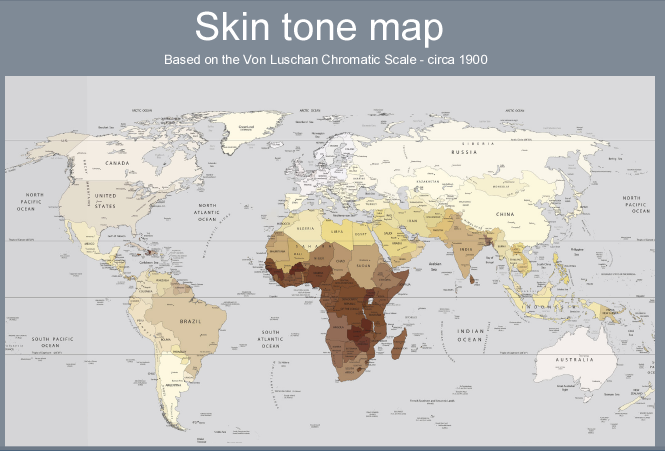
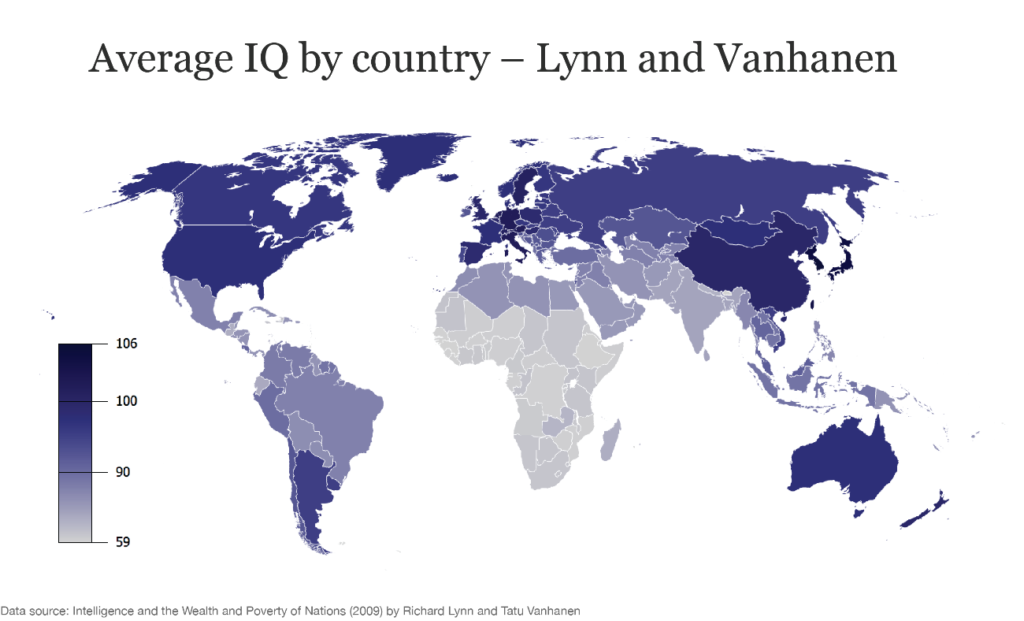
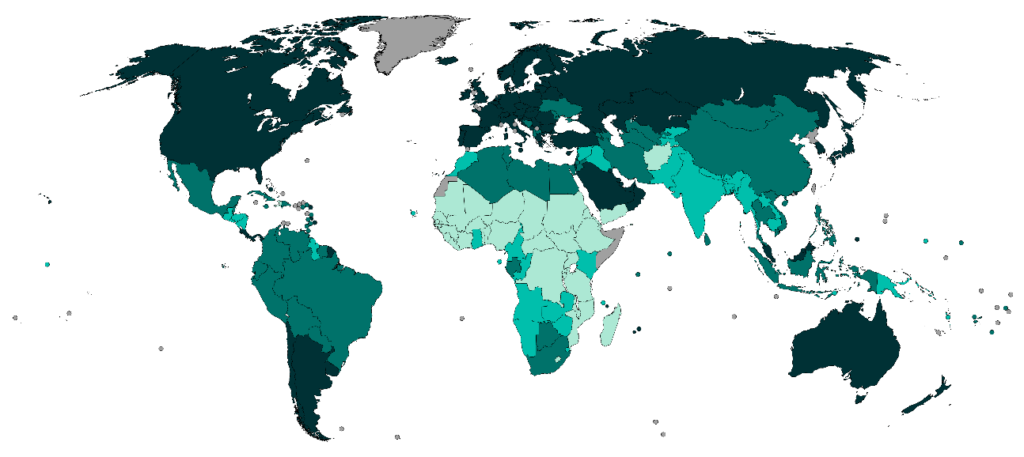

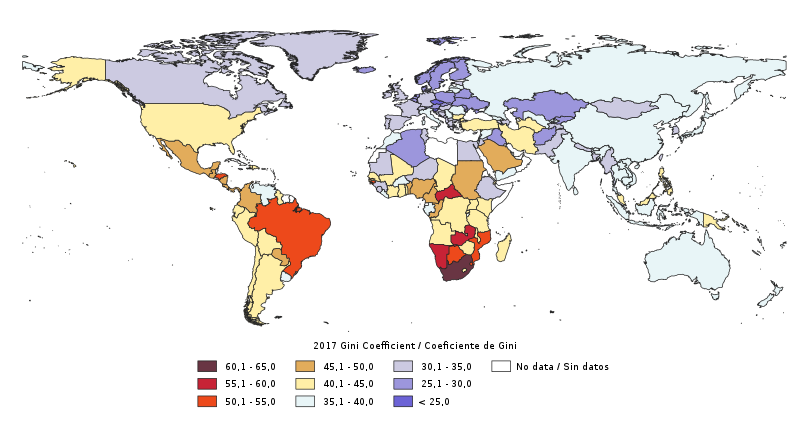
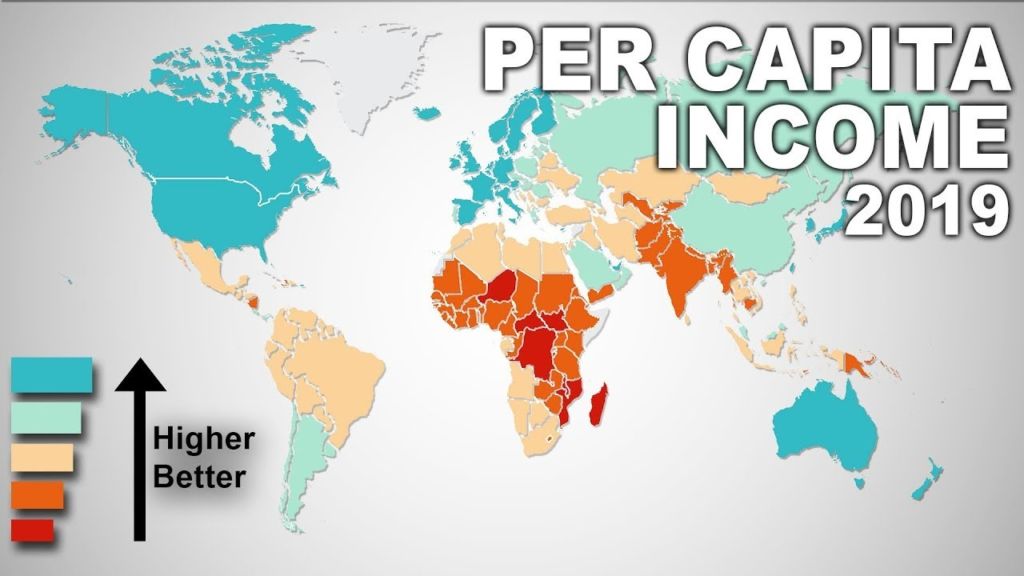
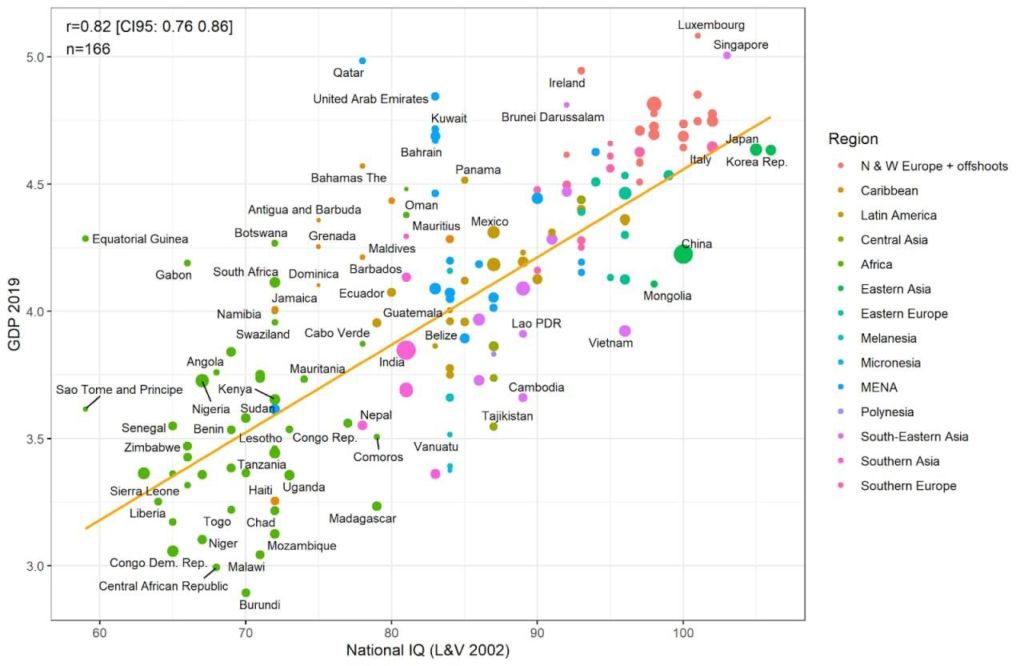
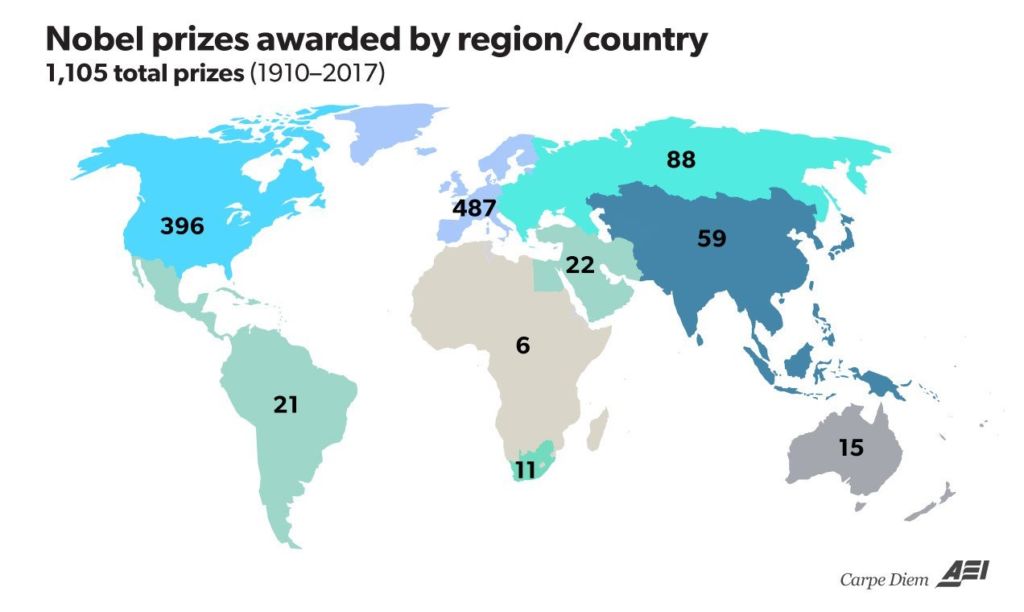
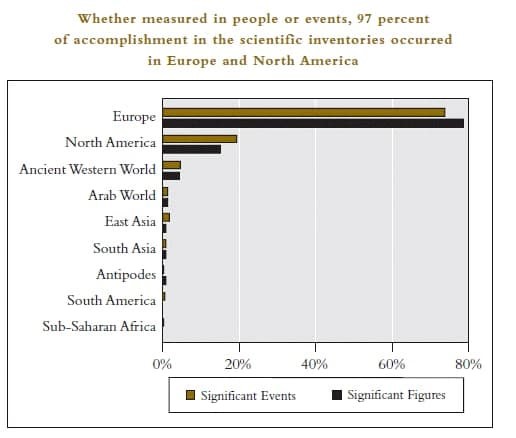
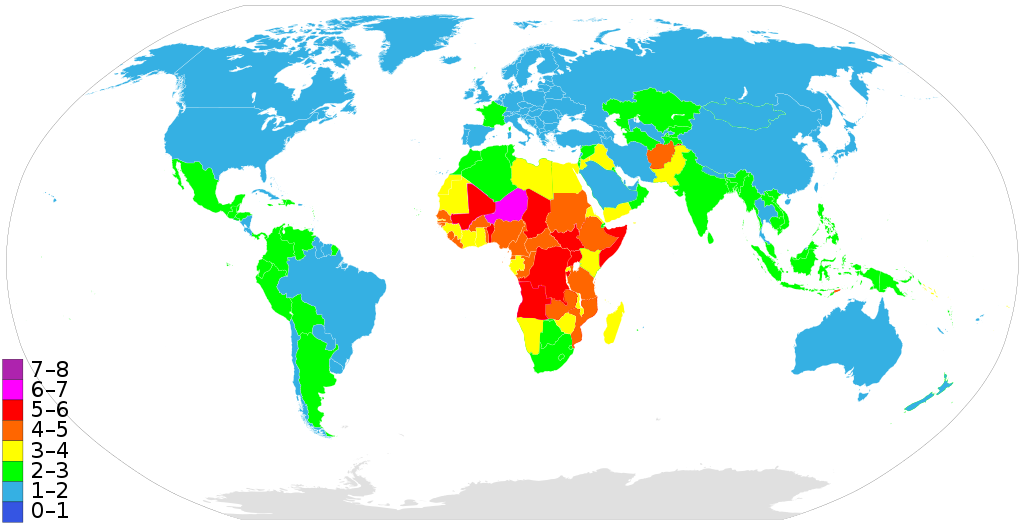
19 comments
Thank you for this summary.
Removed by writer.
I’m not sure it’s evolutionary. I think that when the first White man stood up in the Caucasus mountains, he already had the high IQ and the ability to survive and prosper and invent. We’ve had too many backstabbers and traitors in our race to say that the less cooperative members were bred out. If only that were true, we wouldn’t be saddled with lower races within our midst.
The problem with the White race is not that it is not cooperative enough, but that this cooperation is currently misdirected. Most of our sepoys are not aware of being traitors; they don’t even know that they should have racial loyalty in the first place.
Our ancestors had to cooperate with strangers, but they never had contact with other races until relatively recently, so we have not developed an identification of us vs. them as powerful as that of other races that have lived in the midst of racially alien societies, such as the Jews, or the Gypsies. The result of that is that our race is very prone to what is called pathological altruism.
But this is going to change, because we are also going through the same evolutionary bottleneck they went through. As the offspring of those most prone to miscegenation disappear from the gene pool of the White race, our race will also become more Identitarian and will develop a much stronger racial consciousness.
I agree with Michael. There are whites who seem themselves as the “good whites”, which makes us… guess who? They have a sanctimonious worldview that we are the problem and that if we are neutralized, well then things will be just great! The charts here are a nice summary and great introduction to the newcomer, but this info has been out there a long time and clearly it is not sufficient. The left simply looks at the data and says, “Yes all these figures are correct. But everything would be equal if it were not for overt white racism and subtle structural racism. That reminds me, get Stockholm on the line, we need to schedule a meeting about equity for Nobel prizes.”
I think many on the left are more malleable than they believe. Most stand in favor of their policies and beliefs because it is not affecting them personally. But when their depressed kid starts believing they might be happy again if they jump on a gender bandwagon… then parents start waking up to what is being promulgated in schools. When their kid is discriminated in college applications… wide awake. When their job or promotion is threatened by equity promotion jumping ahead of line, sign them up.
Although the object of the essay is to identify what are the average qualities that, if they diverge too much, make coexistence impossible (and therefore it is what constitute different natural nations), rather than to talk about racial differences in general or the innateness of such differences or how to convince egalitarians, the fact is that the myth of “systemic racism” and the environmental fallacy are mentioned in the second part of the essay.
The argument that different figures exist for each race but it would be due to external factors is easily refuted by the fact that the order of races is consistently maintained everywhere in the world, inside and outside every country (White or not), even when other races live in worse conditions than Blacks in Western countries, and by the fact that there are races that do better in White countries than Whites themselves. The refutation takes no more than that. At the same time, Charles Murray’s work on Human Accomplishment sets out at length the reasons why his methodology is as objective as it can be. And the encyclopedias compiled by other races look no less full of Whites than ours. In the second part of the essay, I discuss the issue of poverty and how the data contradict the egalitarian narrative in that regard as well.
Simply put, a square peg will never fit in a round hole.
All of this r vs K business sounds good but how much does it really reflect reality? There have been periods relatively recently, like the nineteenth century or post-war when births were much higher in Europe and the extended West, up to four times higher per head of population, than they are now. Isn’t the difference a toxic brew of excellent birth control, feminism and the resultant two-income trap, irreligiosity, individualism, anti-family propaganda and fear of missing out on the perfect child-free hedonistic life? This is not be found in Africa but it was found amongst the Roman elite two thousand yeara ago as Augustus famously lamented.
Modern day non-whites in Europe do have religious, cultural and welfare-related incentives to bear offspring and are less targeted by the anti-family, anti-white propaganda.
The essay had to be divided into two halves, sorry. For that reason, it seems to end abruptly. But the explanation to the question you raise appears literally in the next paragraph (thus in the first one of the upcoming second part). Sure, no one is denying that these factors you mention have reduced the birth rate of all races, especially in the West, where all this is most promoted by the media. Yes, a century ago Whites reproduced more than they do now, but also Blacks were reproducing more than Blacks now and more than Whites of their same era. The point is that the reproductive gap between the two races has always been there, and the cause is highly genetic in origin.
Thanks for the reply and for your interesting essay, the second part of which I’ve now read. The gap is certainly there now but in the mid nineteenth century? Most of Africa was unknown to the white man and it was probably not known in any meaningful sense by any African. I can’t imagine there are any records nor would archaeology provide precise enough data. Maybe from 1900 on there might be something but again it seems unlikely the information would be good. Are there really good enough birth records in the former Ottoman Empire around 1800 to compare to ours? Where are the sources that provide the evidence for this theory, which I associate with the late Phillipe Rushton?
Thank you. Well, the gap in birth rates has existed for as long as records have been kept, which is a fairly representative time span. The details are in Rushton’s own work (in the unabridged edition). Yes, most of the African continent was not colonized until after the 1870s, so there are no earlier censuses in Black Africa; however, mainstream scholars have been able to make rough estimates of the population of each continent in earlier times, estimating that the population of Africa and that of Europe have been on par for the first 17 centuries of our era, until the population explosion of the Industrial Revolution occurred in Europe. This being so, it is logical to think that the mortality rate in a civilized and technologically advanced place, such as Europe, was considerably lower than that of a place where the wheel had not even been invented, nor animals domesticated or agriculture practiced, and where there had always been absolutely savage tribal fights, cannibalism and deadly rituals. Therefore, if the populations of both continents kept growing at a similar rate it can only be due to the fact that the Blacks, also then, had a much higher birth rate.
Some of this is reductive or at least not always the case. There is major divergence between the same ethnicity depending upon its size. It’s so divergent in some cases that nationality is nominal. ‘German’ is perhaps the greatest example because Germany itself is the crossroads of Europe. The dialects conflict so much they are almost different languages and the DNA differences suggest assimilation from neighboring nations. France is another example. Then there is the entirely fake ethnicity called Turkish in the most nationalistic tribe on earth. Completely elitist-prestige language forced on its heterogeneous population, who all claim the same imaginary Central Asiatic ancestry as Americans claim Amerindian descent. So that is why language, religion and culture greatly assist creating the boundaries of a nation to help or maintain an ethnogenesis.
This essay deals with the fundamental issues that affect the performance of groups (and thus the coexistence among them). How self-perceived a group is or how different some languages are is irrelevant to the object, or even proves the point, as argued in the second part of the essay.
You’re point about ‘the Germans’ is a good one. They’re all white but the Swiss and Tyroleans have traditionally had a strong antipathy towards Prussians and even in the Swiss case their neighbouring Schwabians ( and Austrians ). The Southern and Northern German speakers look distinctly different as well as being barely mutually intelligible. The thing is these people have for centuries all been accustomed to living in very small statelets each of which must have been encouraged, if they were wise, by its rulers to nurture a distinct identity. The National Socialists were most aggressive in liquidating the remnants of these statelets and their pariochialism, aiming to leave the field free for pan-Germanism. Now Germany is an idea, soon a memory, then a historical footnote.
The Germans, who live in Alpen, i.e. Bavarians (especially Mountain Bavarians) and Austrians, have much Türkic blood (from Huns, Avars and Bulgars), and the Prussians have much Slav blood.
Do you have a source for this?
Oh yeah – did you know that one of my ancestors was a Mongolian princess? Totally! One of these days I’ll get around to restoring the empire, and my subjects shall call me Beau Khan and bow down in fear and awe! 🙂
Interesting article (with points very common on Twitter)
If approved, this would be my 2nd comment here (just made 1 under ‘Nigerian reader’ then felt ‘no, I will put my real name instead!
I have visited this website since 2018/19 & find the views ‘interesting’, many times educative & entertaining
Now to the issues: you grouped South & East Europe under Europe when it’s clear to any traveler, historian, observer, documentary lover & current affairs freak, that the 2 regions have lower standards of living, productivity & have crime & very human trafficking levels (particularly in East Europe)
Only Northern Europe brings ‘glory’ to that continent
I agree most of Black Africa is a mess, HOWEVER it is at par or does better than Central America & Mexico in violent crimes (homicide) statistics; has less slum dwellers than South Asia & South East Asia; has even less illegal migrants storming the West (whether to Canada, U.S., Northern Europe, Australia & New Zealand)
In summary, Black Africa isn’t always at the bottom & there is literally no evil and/or negative indice here which hasn’t happened or is happening globally even in the West
I have credible, verifiable info to back ALL these
The ratios exposed come from the official statistics of the countries involved themselves and from Interpol, so such data are widely known and surely have circulated in many places, and not only on Twitter.
While it is not my purpose to change in any way the mind of any Nigerian reader, I will say that some of the points you talk about are already mentioned in the essay. In the second part, I mention how Black Africa and the mixed race Americas rank similarly in terms of homicide rate, with some of these mestizo countries surpassing some of the African countries. (Even so, in the case of the Americas, it is not a perfectly fair comparison, since we have to take into account that we are not talking about exclusively Amerindian countries, but multiracial ones, which alone is a factor that reduces social trust, and increases alienation and crime. Moreover, some of these countries competing with Black Africa are also Black Caribbean countries, such as Haiti and other small island countries of that region, and the Blackest parts of Brazil.)
South Asia and especially Southeast Asia have a very high component of Australoid race, which has an average IQ similar to the Black African race. Since there are no universal censuses of slums, much less of huts such as those built in parts of Africa with straw and cow dung, it is impossible to have realiable data on that.
Almost all the White “glory” and civilizational achievement has taken place in the south of the European continent, not in the north. Not because they have demonstrated highly divergent performance, but purely as a matter of demographic weight. It is not a qualitative question, but a quantitative one.
Each European country varies a little in the type of invasion it receives, but in general terms the invasion of Europe is carried out first of all by Arabs, because of geographical proximity and because they have more means to pay the passage, followed by Black Africans.
As for the Balkan countries, all of them are included in the statistics with which I illustrate each theme and we can see at a glance with whom they have the most in common, so words are unnecessary. Some of these countries have already reached the levels of the non-communist White world, as I have already mention. And, anyway, in the Balkans, there is a relevant percentage of population descended from invaders from different regions of the former Ottoman Empire who were not expelled, as, on the other hand, I also wrote in the essay. That is not a problem, given that the mixing is not extended to the whole population, and absolutely all White countries will need to implement measures of repatriation and remigration of their non-White elements. Then the basis for an understanding between the races can be established.
Comments are closed.
If you have Paywall access,
simply login first to see your comment auto-approved.
Note on comments privacy & moderation
Your email is never published nor shared.
Comments are moderated. If you don't see your comment, please be patient. If approved, it will appear here soon. Do not post your comment a second time.
Paywall Access
Lost your password?Edit your comment